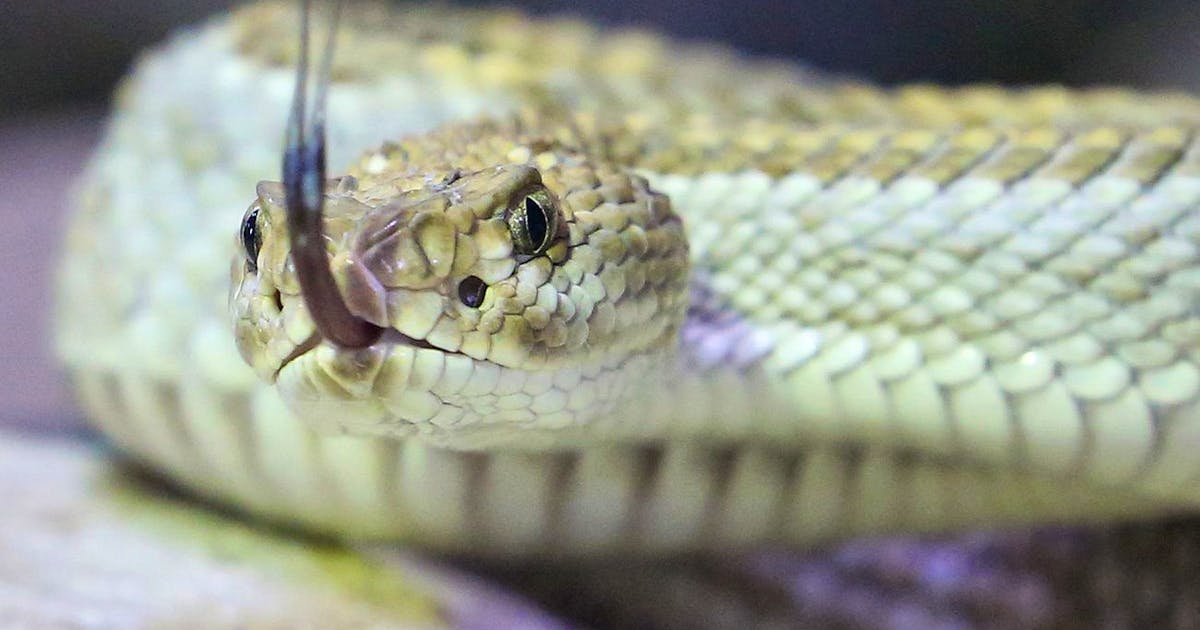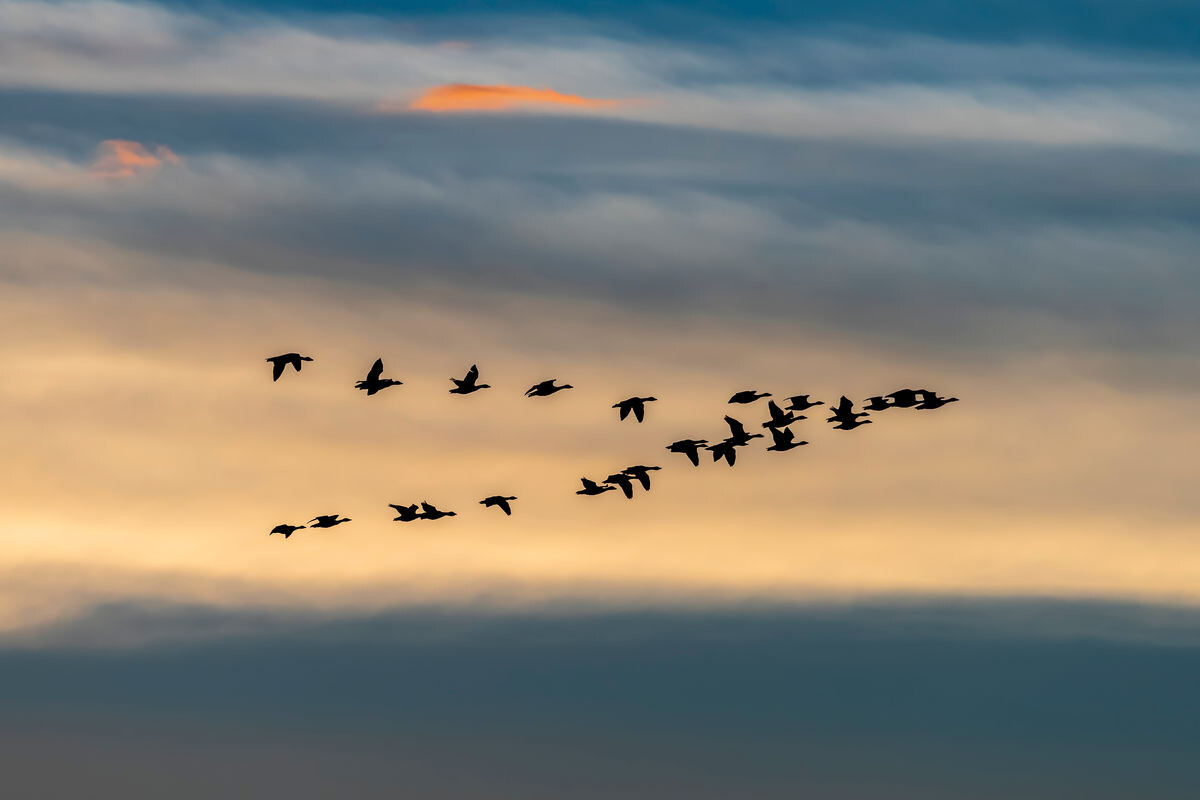This is shown by a report prepared jointly by the European Food Safety Authority (EFSA), the European Reference Laboratory (EURL) and the European Center for Disease Prevention and Control (ECDC). Accordingly, the prevalence of highly pathogenic avian influenza in domestic poultry decreased in the summer; However, the number of affected seabirds has increased, especially along the coast.
Improving biosecurity in fur farming operations
The report authors conclude that as the fall migration season begins, protecting poultry and other livestock from wild birds should be a priority. Biosecurity in fur farming operations also needs to be improved. Between June 24 and September 1, outbreaks of highly pathogenic avian influenza were reported in 25 domestic birds and 482 wild birds in 21 European countries, according to the European Food Safety Authority.
Avian influenza: Carnivores are particularly affected
According to the report, the most affected mammal species continue to be wild and domestic carnivores. Finland has reported a particularly large number of outbreaks. According to the authority, the virus was discovered on 26 farms where American mink, red and arctic foxes, and common raccoons were kept.
According to the report, contact with wild seagulls is believed to be the most likely source of introduction. Transfers between individual companies cannot be completely ruled out. Transmission of the disease within individual farms has also occurred in some contacted animals that showed no clinical signs of infection.
Zoonotic diseases: general risk is low
Meanwhile, the European Center for Disease Control and Prevention concluded that the risk of infection with zoonotic HPAI in Europe remains low relative to the general population. For people occupationally exposed or who have contact with infected birds or mammals, the risk is low to moderate.

“Tv expert. Hardcore creator. Extreme music fan. Lifelong twitter geek. Certified travel enthusiast. Baconaholic. Pop culture nerd. Reader. Freelance student.”






More Stories
Horsehead Nebula close-up – new images from the James Webb Telescope
Reducing silent inflammation in the body with food
The science behind the “Three Body Problem” – so you can finally have your say